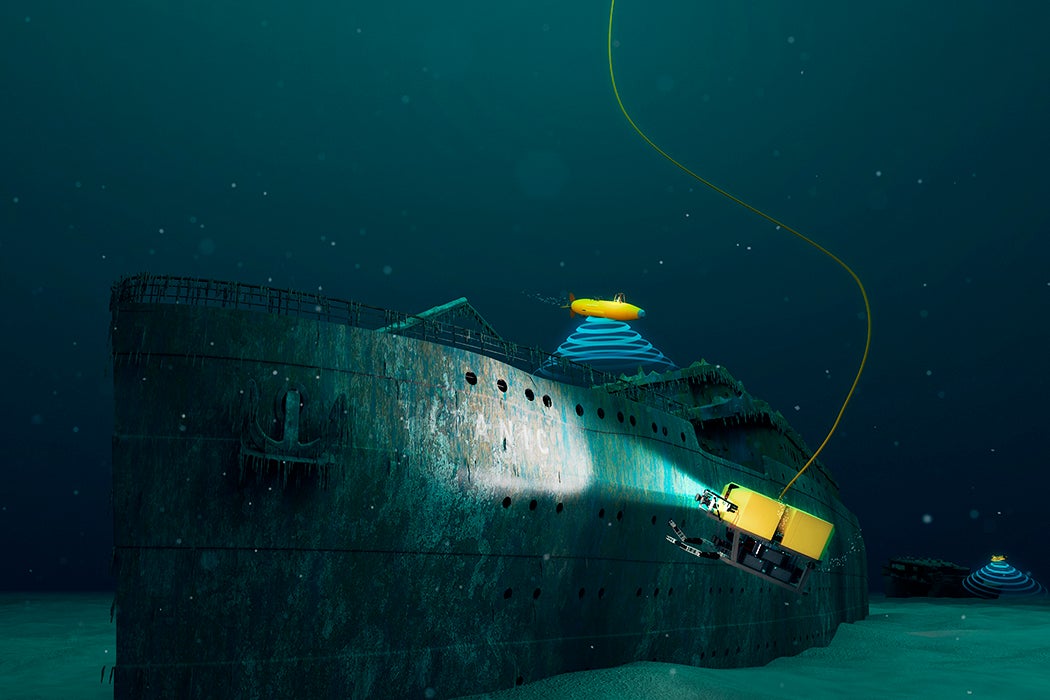Marine biologists who want to literally swim with the fishes have a new option: Sofi. Sofi is a soft, fish-shaped robot designed to mingle unnoticed with a school of fish, offering researchers unprecedented opportunities. But this isn’t the first time scientists have built remarkable contraptions in the name of research. Here are three fascinating innovations that have helped researchers see what would otherwise remain invisible:
Autonomous Underwater Vehicles
Before Sofi, there was the AUV glider, or the Autonomous Underwater Vehicle. These resemble swimming torpedos. While they are not suitable for fish close-ups, they can collect an impressive array of oceanography data. For example, according to researchers L. Alex Kahl, Oscar Schofield, and William R. Fraser, a team using satellite-tagged penguins as a guide was able to follow the foraging birds with an AUV and learn a lot about the conditions in their foraging areas. Most AUVs have no motor. Rather, they function by filling and emptying a ballast compartment, allowing them to effectively swim long and deep parabolas through the water column. All the vehicles need for power are a small batteries for instruments and the ballast pump, so the AUV can collect data for weeks at a time. The technology has opened up vast areas of the ocean for study in ways that ships simply can’t handle.
Green Fluorescent Protein
In the biomedical world, life itself sometimes provides the research tools. The green fluorescent protein, or GFP, is a prime example. Isolated from jellyfish, GFP glows under fluorescent light. The gene for GFP can often be introduced into an animal and will be incorporated into that animal’s genome and passed on to its offspring; essentially, creating a fluorescing, sometimes even glowing, version of that animal. There are a variety of applications, ranging from glowing worms to pigs, but one of the most useful is Okhyun Lee and colleagues’ work with GFP zebrafish. When exposed to endocrine-disrupting chemicals, which are all too common in aquatic systems, GFP was expressed in various parts of the fish’s body such as the brain, liver, heart, and muscles. The fish would fluoresce in these locations, providing insight into potential impacts of these aquatic pollutants.
Neutrino Telescopes
But perhaps nobody takes research inventions as seriously as physicists. Take neutrino detectors, also known as neutrino telescopes. Neutrinos are tiny, subatomic particles produced by a variety of astronomical bodies. They have almost no mass. Trillions of them are passing undetected through your body right now. Without mass, they rarely interact with normal matter, so a huge amount of matter is needed to observe just one interaction with a neutrino. A classic example is the iceCube neutrino telescope in the Antarctic, discussed in Science. Roughly 200 meters in diameter, its sensors are sunk at various depths deep into the ice. The entire array is a cubic kilometer in size. The idea is that a few neutrinos will interact with some of that ice and be noticed by one of the sensors. To give a sense of the scope, by the time it had been working for three years, the iceCube had detected 28 neutrinos.







